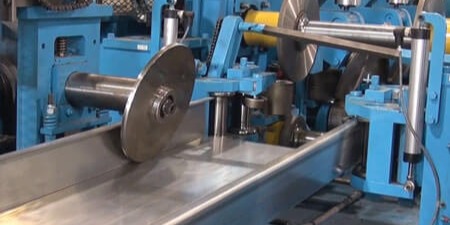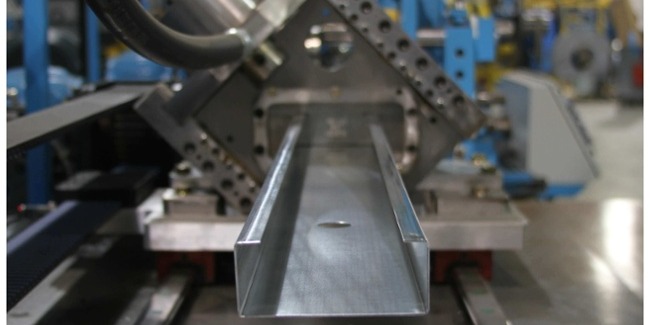2 min read
FAQ: How is End Flare controlled in Roll Formed Profiles?
End flare can be inherent in roll formed parts, especially when produced on a precut roll forming line as opposed to a post cut line which forms the...
2 min read
End flare can be inherent in roll formed parts, especially when produced on a precut roll forming line as opposed to a post cut line which forms the...

1 min read
MRI Steel Framing, located in Gary, IN, recently added a Bradbury AM400™ structural roll forming line to its line-up of manufacturing equipment. The...

The Bradbury Light Structural Steel Framing line is designed to produce 14 ga. - 20 ga. stud and track products at speeds up to 500 FPM. The typical...
Receive notifications when we update the used equipment list!